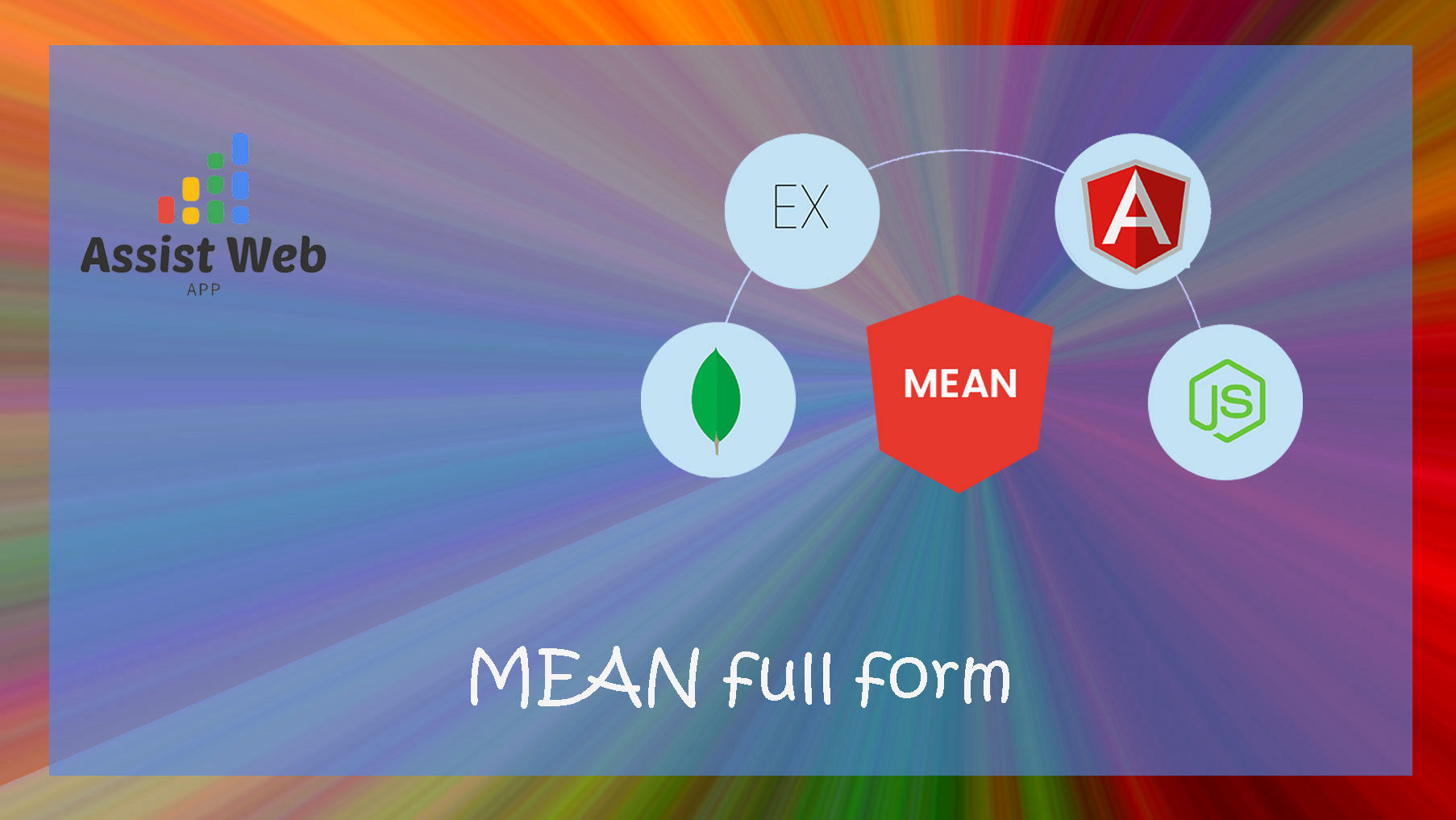
Demystifying MEAN Stack: A Comprehensive Guide to MongoDB, Express.js, Angular, and Node.js
In the ever-evolving realm of web development, the MEAN stack has emerged as a dynamic and efficient choice for building robust applications. Comprising MongoDB, Express.js, Angular, and Node.js, this comprehensive guide will unravel the unique features of each component and showcase how they synergize to empower developers in crafting modern web applications.
1. MongoDB: At the heart of the MEAN stack is MongoDB, a NoSQL database that offers flexibility in data storage and retrieval. Delve into the document-oriented paradigm and discover how MongoDB provides scalability and ease of use in managing diverse data structures.
2. Express.js: Moving to the server side, Express.js simplifies the process of building scalable and maintainable web applications. Explore middleware, routing, and the minimalist approach of Express.js, which seamlessly integrates with other MEAN stack components.
3. Angular: Angular, a robust front-end framework, takes center stage in the MEAN stack. Understand the power of declarative templates, two-way data binding, and dependency injection as Angular empowers developers to create dynamic and interactive user interfaces.
4. Node.js: Completing the cycle, Node.js serves as the runtime environment for server-side JavaScript execution. Dive into the event-driven, non-blocking I/O model of Node.js, which enhances the efficiency and performance of MEAN stack applications.
Conclusion: As we conclude our exploration, the MEAN stack stands tall as a powerful choice for developers aiming to create modern and scalable web applications. The combination of MongoDB, Express.js, Angular, and Node.js provides a well-rounded development environment, fostering efficiency and innovation.
Incorporating MEAN Stack into Your Projects: Whether you are a seasoned developer or a newcomer to web development, embracing the MEAN stack can elevate your projects. Leverage the strengths of MongoDB, Express.js, Angular, and Node.js to build feature-rich and responsive web applications that meet the demands of the digital landscape.
Frequently Asked Questions (FAQs)
- Q1: What is the MEAN stack?
The MEAN stack is a full-stack JavaScript framework used for building dynamic and scalable web applications. It comprises MongoDB (database), Express.js (web application framework), Angular (front-end framework), and Node.js (JavaScript runtime for server-side development).
- Q2: Why choose the MEAN stack for web development?
The MEAN stack provides an end-to-end JavaScript environment, enabling seamless communication between the client and server. Its components are well-integrated, offering a consistent development experience, and it's particularly suitable for building real-time and single-page applications.
- Q3: What role does MongoDB play in the MEAN stack?
MongoDB is a NoSQL database used as the backend data store in the MEAN stack. It stores data in a flexible, JSON-like format, making it well-suited for handling diverse and evolving data structures.
- Q4: How does Express.js contribute to the MEAN stack?
Express.js is a web application framework for Node.js that simplifies the process of building scalable and maintainable server-side applications. It handles routing, middleware, and provides a structured approach to server-side development in the MEAN stack.
- Q5: What is the significance of Angular in the MEAN stack?
Angular is a powerful front-end framework that facilitates the development of dynamic and interactive user interfaces. It uses two-way data binding and provides a modular structure, enhancing the overall user experience in MEAN stack applications.
- Q6: Why use Node.js in the MEAN stack?
Node.js is the JavaScript runtime that allows server-side execution of JavaScript code. It complements the other components of the MEAN stack by providing an event-driven, non-blocking I/O model, enhancing the efficiency and performance of web applications.
- Q7: Can I use a different front-end framework with the MEAN stack?
While MEAN traditionally includes Angular as the front-end framework, you can use alternative front-end frameworks based on your project requirements. The MEAN stack is flexible in accommodating different front-end technologies.
- Q8: Are there any notable companies using the MEAN stack?
Yes, several companies, including LinkedIn, Microsoft, and Netflix, have utilized components of the MEAN stack in their web development projects. Its popularity is evident in its adoption by a wide range of successful applications.
Recent Posts
- Basic to Advanced JavaScript & React.js Syllabus
- Gemini Google AI: Your Powerful Multimodal AI Assistant
- Turbocharge Your Downloads: Enabling Parallel Downloading in Chrome
- Cracking the Code: Mastering JavaScript Interview Questions - Top 50 Q&A for Web Developers
- Demystifying MEAN Stack: A Comprehensive Guide to MongoDB, Express.js, Angular, and Node.js